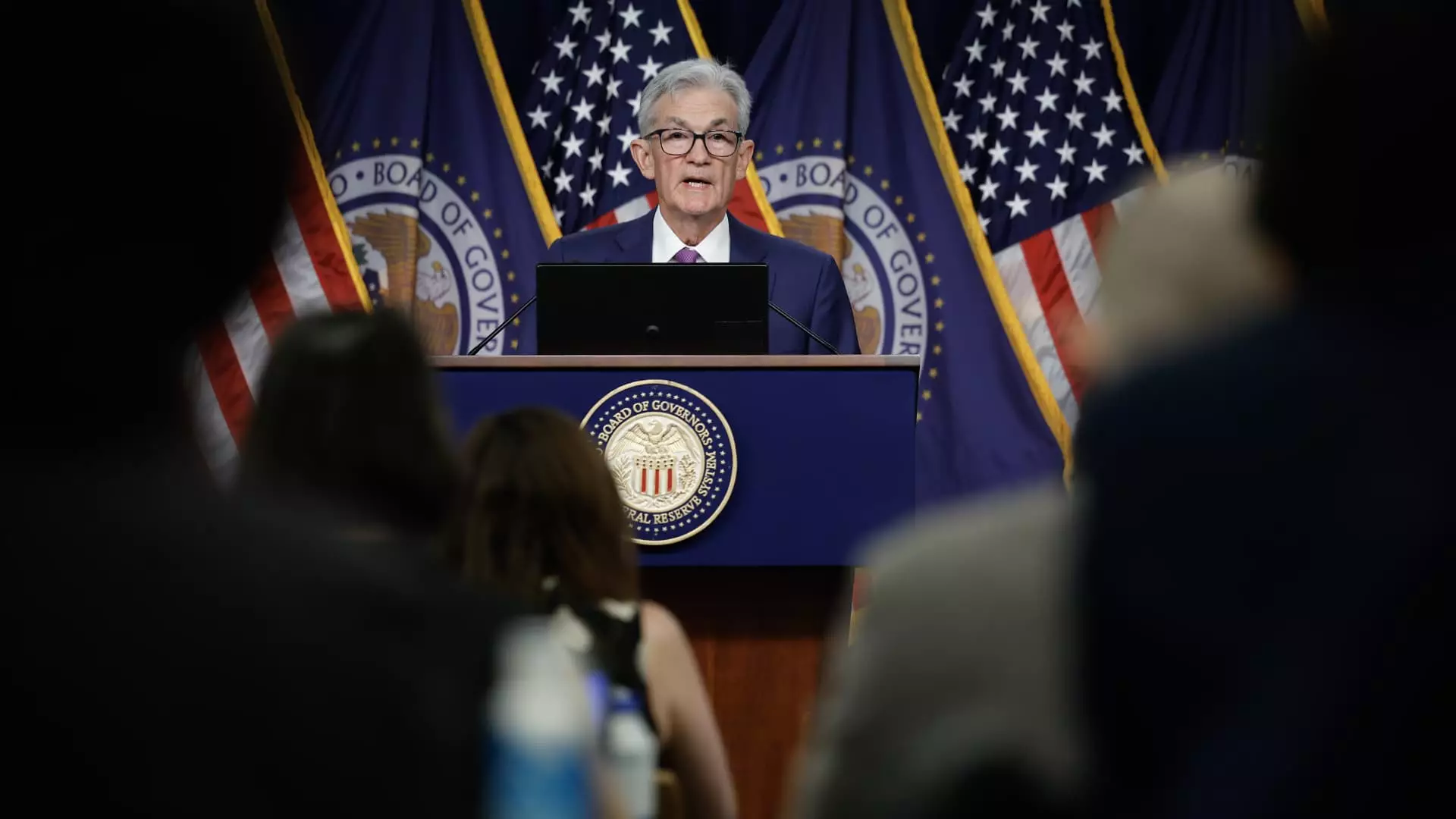Federal Reserve officials recently announced that they would maintain short-term interest rates at their current level. While the decision indicated a steady course for monetary policy, officials hinted that inflation is approaching its target. This development could potentially pave the way for future interest rate cuts. However, the central bankers did not explicitly suggest that a rate cut is on the immediate horizon. The language used in the post-meeting statement revealed ongoing concerns about economic conditions, despite some progress.
Potential for Rate Reductions
Chair Jerome Powell mentioned that a rate cut might be considered as early as September if economic data showed signs of easing inflation. The Federal Open Market Committee’s statement pointed to recent advancements towards the 2 percent inflation objective. This indication of progress was a slight upgrade from the previous meeting and suggested a more positive outlook regarding inflation. The statement also highlighted the ongoing need for further progress before rate reductions could be implemented.
Compared to the statement from the June meeting, the recent policy statement reflected some adjustments that hinted at a more optimistic stance on inflation. The previous language describing inflation as “elevated” was upgraded to “somewhat elevated,” signifying a potentially less pressing concern. The voting members of the FOMC unanimously agreed to maintain the benchmark overnight borrowing rate within the range of 5.25% to 5.5%, the highest rate in over two decades.
Market Expectations and Stock Reaction
Market analysts had been anticipating signals from the Fed regarding potential rate cuts in the upcoming meetings. Futures pricing indicated expectations of rate reductions in the November and December meetings, assuming gradual quarter percentage point moves. Following the release of the committee’s decision, stock prices rallied. However, the statement reiterated the Fed’s cautious approach, emphasizing the need for greater confidence in sustained inflation progress before considering rate adjustments.
Federal Reserve officials have emphasized their reliance on economic data to guide their decisions on interest rates. Despite some recent data pointing to easing inflation pressures, the Fed remains committed to its target inflation rate of 2%. The economy has continued to grow, with GDP expanding at a rate exceeding expectations in the second quarter. However, concerns persist regarding the labor market, as indicated by mixed data on job growth and wage increases.
Proceeding with Caution
While signs of weakening inflation have emerged, the Federal Reserve officials are proceeding cautiously. They are mindful of the potential impact of sustained high borrowing costs on the economy. Recent data showing slower wage growth and lower-than-expected increases in labor costs have added to the uncertainty surrounding the economic outlook. Despite the pressure to tolerate higher inflation levels, the Fed remains committed to its goal of maintaining price stability while supporting economic growth.
The Federal Reserve’s current interest rate policy reflects a balance between the need for economic progress and the risks of inflation. The potential for rate reductions in the near future underscores the central bank’s flexibility in responding to changing economic conditions. Moving forward, close monitoring of inflation indicators and economic data will play a crucial role in shaping the Fed’s decisions on interest rates.

